By Özgür Altınbaş, reporting from Lugansk
We are concluding our series with a visit to the Lugansk People’s Republic (LPR).
In this part of our series, I visited the theater in the center of Lugansk. The theater boasts many actors. However, we didn’t encounter many of them, because they are on the front lines.
Independence and joining the Russian Federation
Let me first provide you some background information about the LPR.
The LPR is in Donbas. In 2014, it unilaterally declared itself an independent state and has maintained this status for 8 years. In September 2022, a referendum was held in the country to join the Russian Federation. According to the results announced by the Russian Central Election Commission, 98.42% (1,636,302 voters) in the LPR voted in favor of joining Russia. The voter turnout was reported to be 94.15% (1,662,607 voters). Leonid Pasechnik has been the President of the LPR since 2018.
An industry-rich region
The LPR has rich iron and coal resources. Overall, the entire Donbas region is famousas an industrial and mining area. After declaring independence, the then President of the LPR, Igor Plotnitsky, announced the need to nationalize businesses in the gas and water supply sectors. Additionally, Ukrainian companies that refused to comply with LPR laws were also nationalized.
The most difficult times of the LPR
After declaring independence, the LPR engaged in a conflict with the Ukrainian military. The LPR fought against the Ukrainian armed forces with its armed unit called the “People’s Militia.” The initial phase of the war was extremely difficult for the people of Lugansk. At that time, the LPR lacked heavy weaponry. Especially during the summer of 2014, the Ukrainian forces surrounding the city randomly bombed it every day.
The theater of wartime
Every corner of the city has its own interesting story. One of them is the Lugansk Academic Ukrainian Music and Drama Theater. This theater holds great significance because it was established in 1941, during the Second World War on Joseph Stalin’s order. The reason behind was to uplift the morale of people and to demonstrate that art can thrive even during wartime. The theater, established during a war, was destined to stage plays once again decades later during another war.
With the Ukrainian army cutting off the electricity and the city being bombed every day, the theater’s artists wrote their plays in the dark in a bunker under the building. Then, despite the enormous risk, they performed their play in the town square.
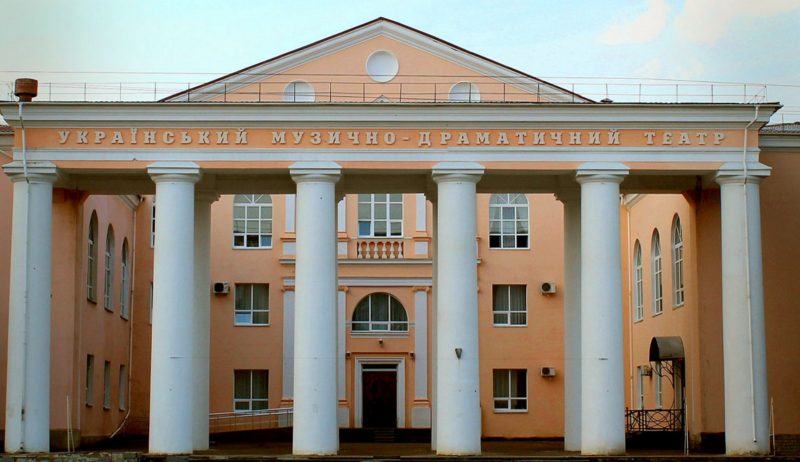
Theater actors on the front line
The artists of the theater volunteered to join the front lines. Now, 30 actors are still there. Some have been injured in the war. Other actors are preparing essential supplies for the soldiers and sending them to the front. They have even established a relief fund, regularly saving money from their own salaries to meet the needs of the soldiers.
The website of the Lugansk Academic Ukrainian Music and Drama Theater provides a detailed account of its history, and concludes with the following sentence: “The Lugansk Academic Ukrainian Music and Drama Theater has proudly passed the test of defending the Homeland, the city, the audience, against the forces of fire, siege, evil, lies, and senselessness.”
Corpses in carpets
We also had the opportunity to meet with the “We Will Not Forget, We Will Not Forgive” Association in the LPR. The Association investigates and reports war crimes. Sergey Levov, the Deputy Chairman of the Association, mentioned that during the summer of 2014 Ukrainian forces cut off electricity and water supply to the city for approximately three months, and didn’t give up despite numerous appeals. Levov told me that the Ukrainian forces hit civilian settlements in the city every day resulting in the deaths of 7-8 civilians every day.
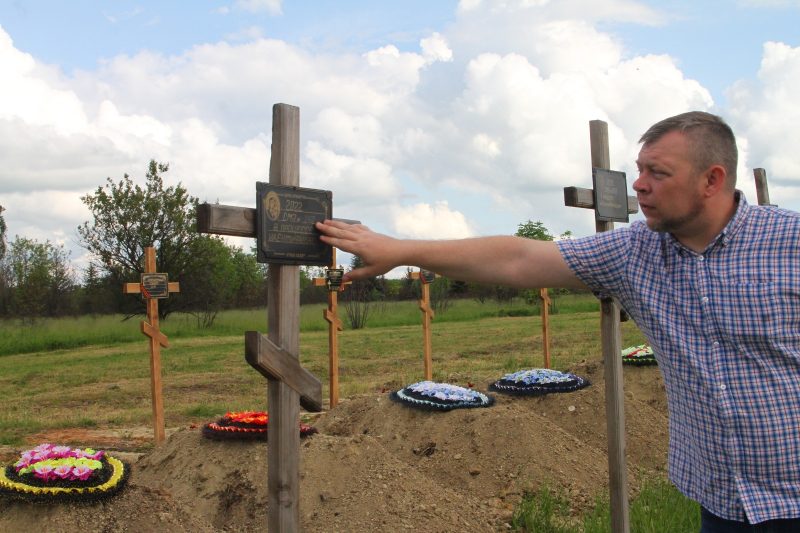
According to Levov’s account, the lack of electricity was a significant obstacle to the proper handling of corpses. Levov told that they could not bury the bodies of the deceased civilians due to the city’s siege: “The capacity of the morgue building was 30 people, but we had approximately 300 bodies. The temperature occasionally rose to 35 degrees. The bodies were rotting before our eyes and posing a health hazard. We didn’t have enough coffins, so we wrapped the bodies in carpets or placed them in large bags and sacks.”
The memorial cemetery
Levov stated that the burial of the bodies started after the siege had been broken. In the memorial cemetery they established in the city center, there are hundreds of graves of civilians. However, many of them are unrecognizable and some of their identities have still not been determined. Initially, these graves were numbered, and the names of those identified through DNA testing were recorded. Levov mentioned that people were trying to look at the bodies underground in the hope of finding their relatives and acquaintances.
Levov stated that they have buried over 300 people in the memorial cemetery so far and will continue with new discovered bodies. At the entrance of the monument, there is an inscription that bears the name of the Association, “We Will Not Forget, We Will Not Forgive.” Rows of graves, each 100 meters long.
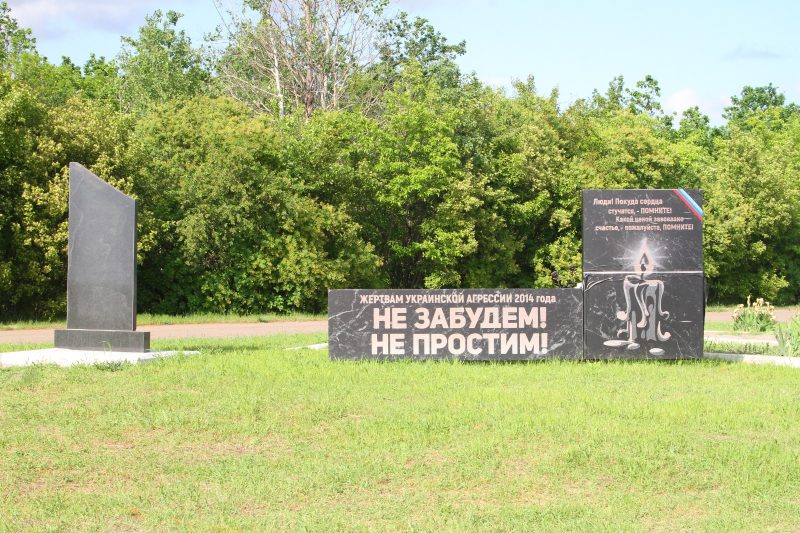
Mass graves
According to the information given to us, the Association not only aims to identify war crimes but also works to find the bodies who died in Ukraine’s attacks but have. They are conducting detailed investigations in certain areas. They found mass graves in different locations. Currently, they estimate that there are over a thousand bodies underground. On the day of our interview 12 bodies were found.
Why are international courts silent?
We asked why there haven’t been any results from international courts despite the documented evidence of war crimes. The response was, “Ukraine is exerting pressure on the European Court of Human Rights and other international courts.” Levov stated that because the Ukrainian government does not recognize Lugansk as a separate entity these courts do not accept those evidence. Furthermore, the Ukrainian government has declared “We Will Not Forget, We Will Not Forgive” Association as a terrorist organization.
Mine protection education for children
One of the most striking things in the LPR was the lives and psychology of the children. Although Lugansk is relatively safer compared to Donetsk, it is still a dangerous place. Last month, long-range missiles provided by the United Kingdom hit the city. That was the first time since 2015. Additionally, there are Ukrainian mines or bombs particularly in green areas surrounding the city.
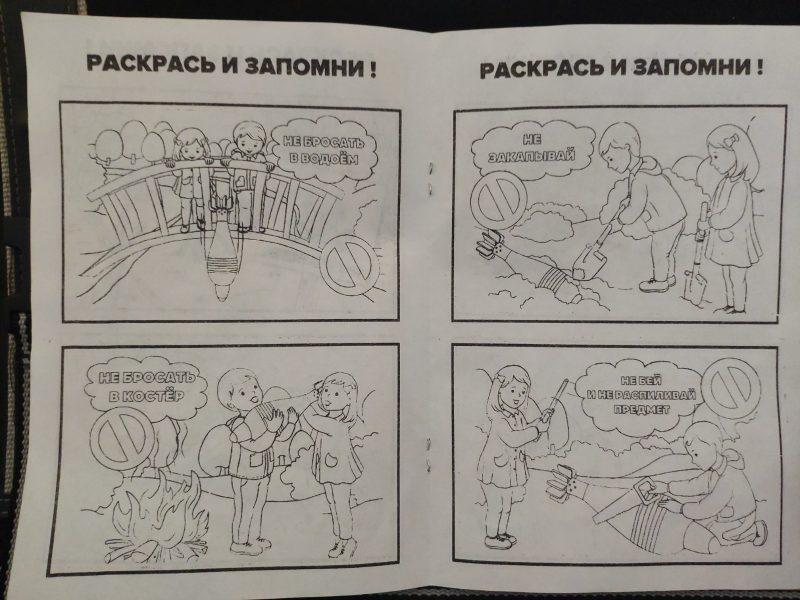
Children may encounter mines or explosives especially in the city’s green areas like parks. An educational game has been developed to provide information about these to children by the Association. In the coloring book, explosives are colored so that they remain in children’s memory. What they should do when they see these explosives is written in detail. The booklet contains warnings. Children are instructed to inform their families immediately if they see such explosives.


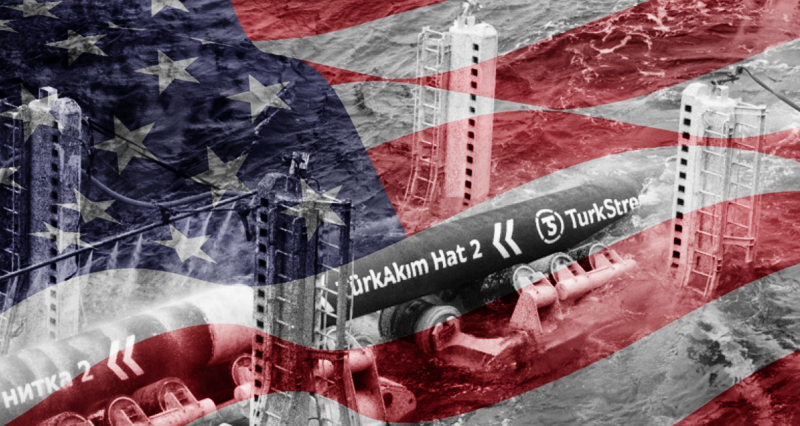

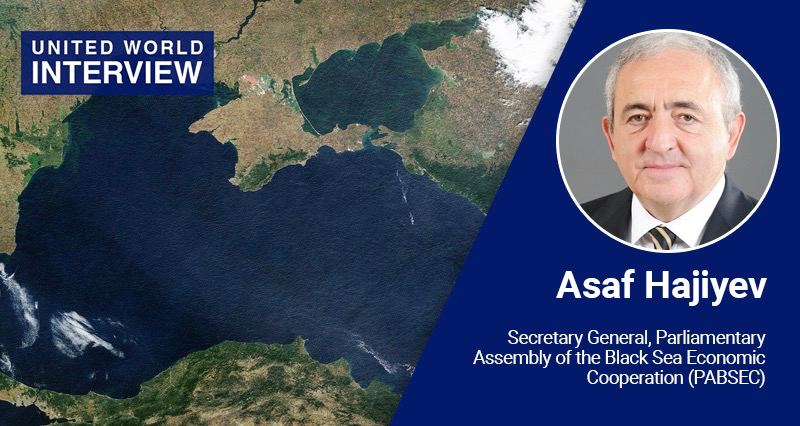


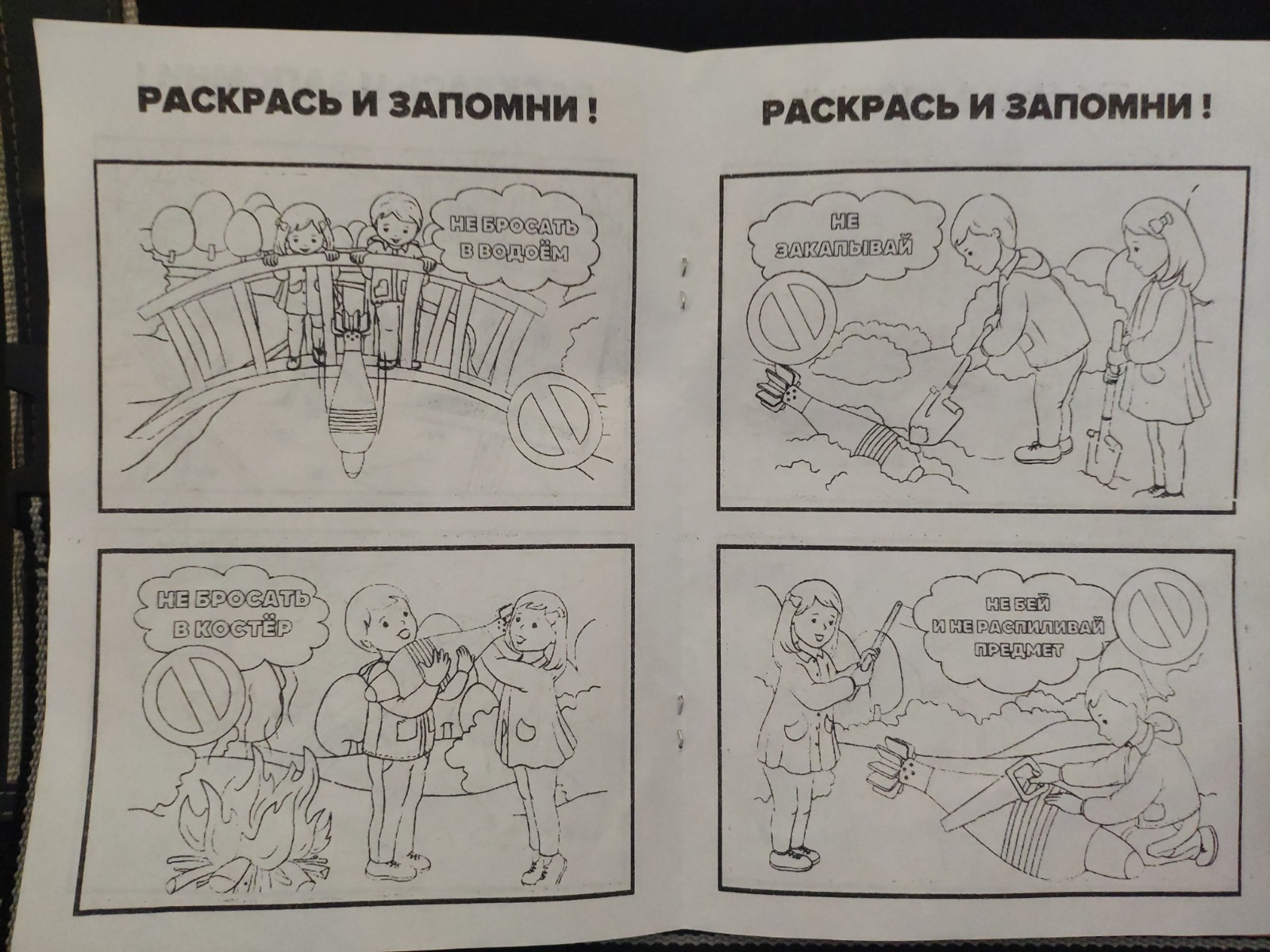


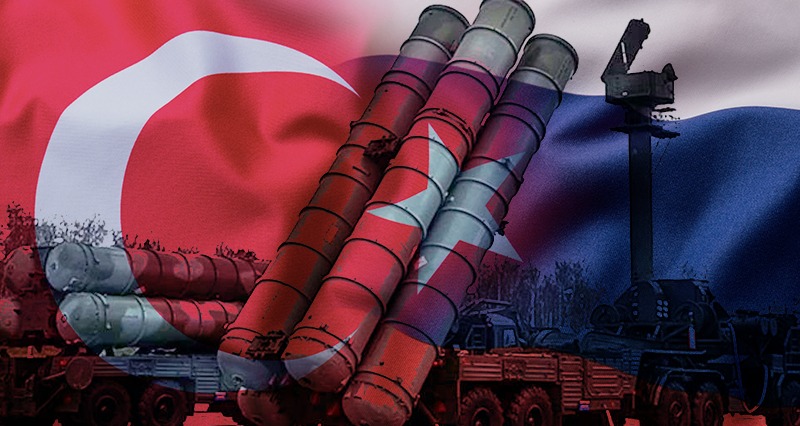

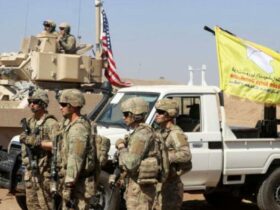
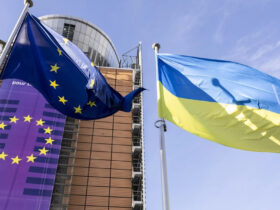
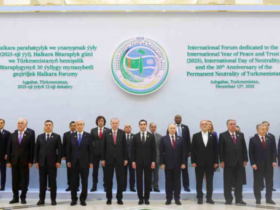
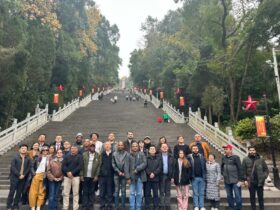

Leave a Reply